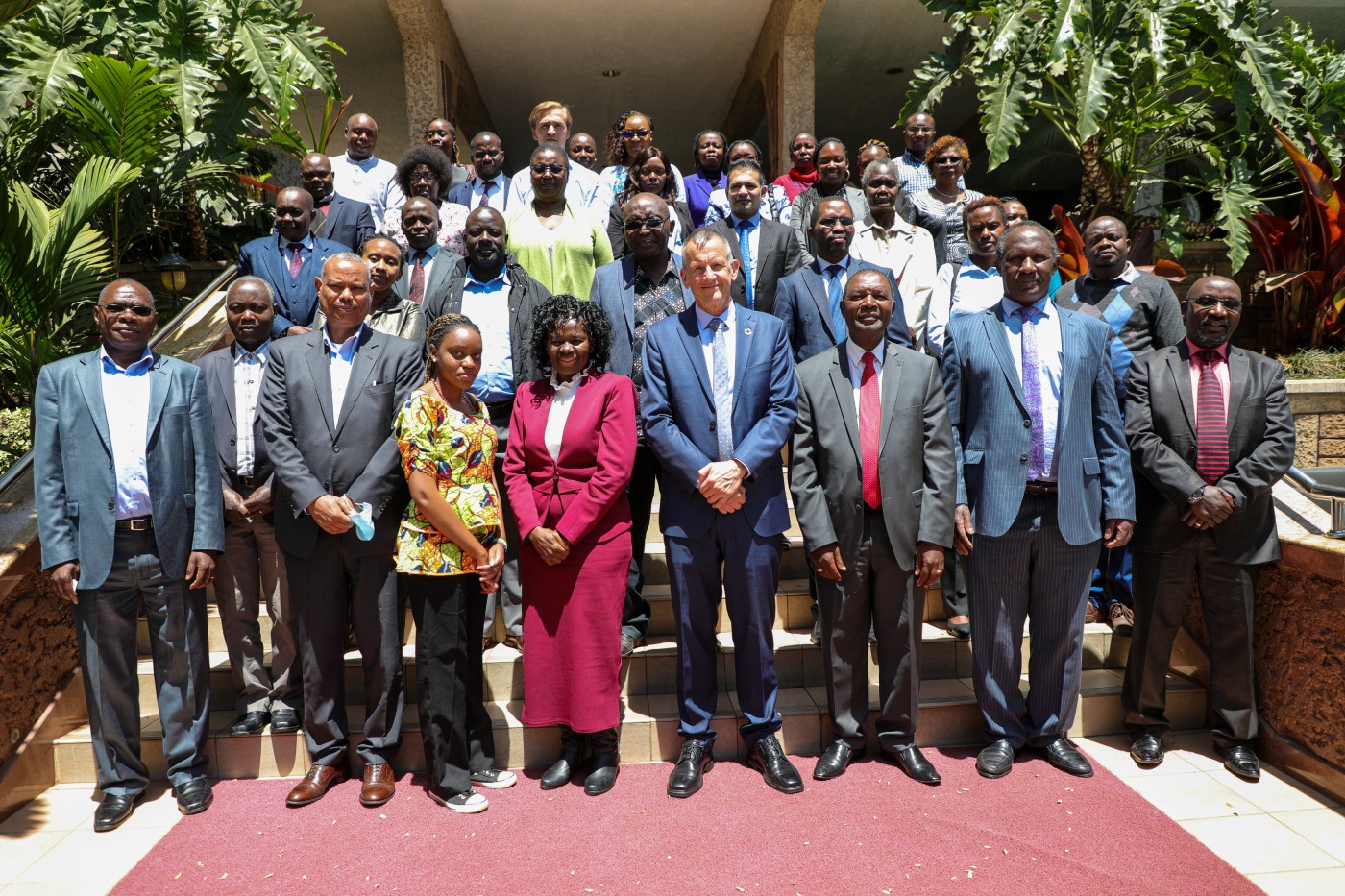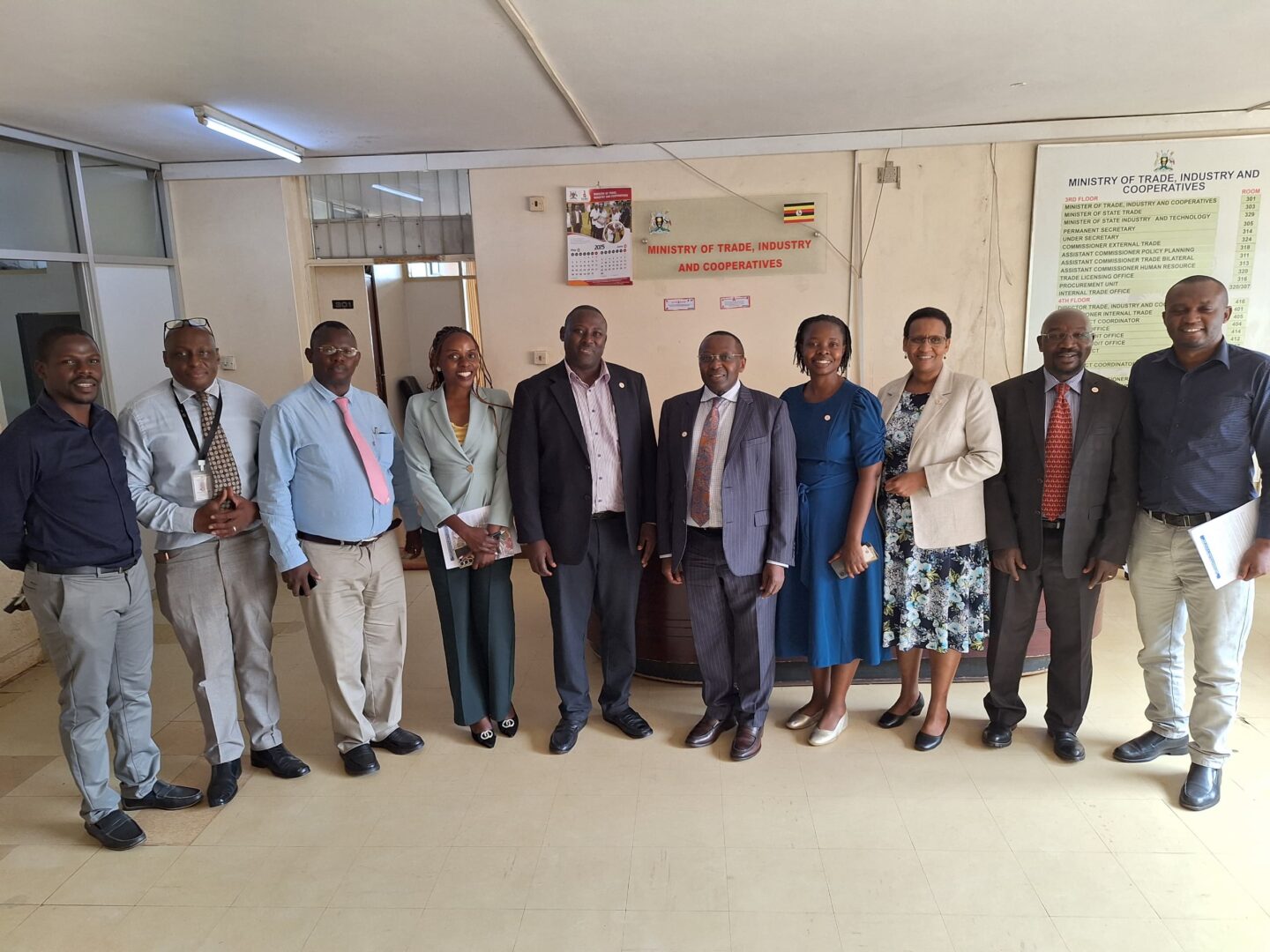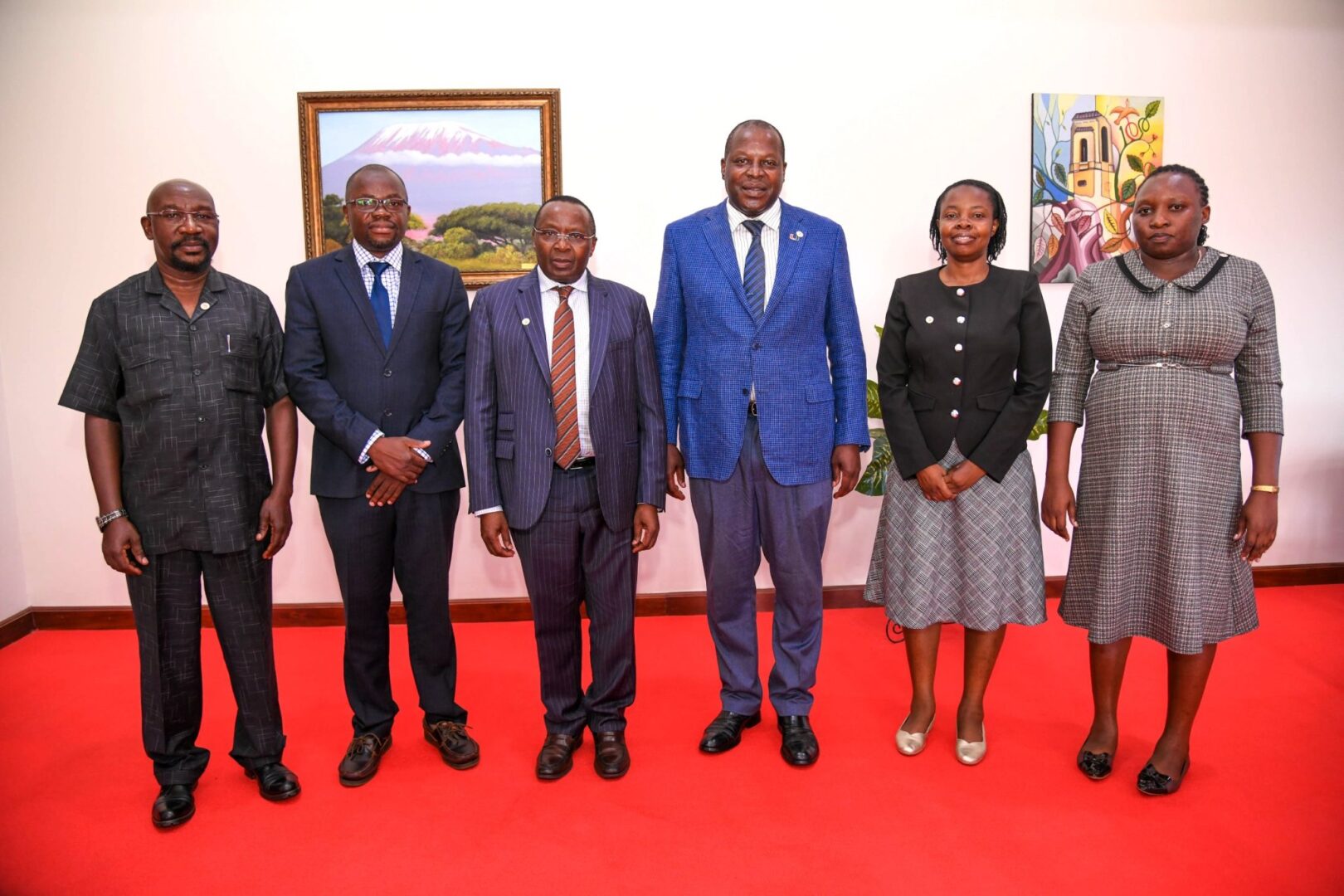

Modelling Kenya’s future: A Roundtable Discussion
August 19, 2022The African Economic Research Consortium (AERC), in collaboration with the Institute for Security Studies (ISS), hosted a roundtable discussion on the theme “Modelling Kenya’s future” emanating from the Kenya Country Study: Current Path and Scenario Analysis Report. This seminar was held on August 18, 2022, in Nairobi, Kenya. During the official opening session, welcome remarks and introduction was done by Prof. Njuguna Ndung’u, Executive Director, AERC. The opening remarks perspectives was by Ms Pamla Gopaul, a Policy Officer, from AUDA-NEPAD, while the background and purpose of the study was given by Dr Jakkie Cilliers, Head, African Futures and Innovation, ISS.
In his opening address, Prof. Njuguna Ndung’u noted that Kenya’s progress towards the Sustainable Development Goals (SDGs) has been remarkable as compared with the rest of Africa. “These 17 Goals encapsulate the whole spectrum of economic transformation. The question we examine today is, will Kenya sustain this progress in the next 30 years?”
Without aggressive interventions, Kenya is unlikely to achieve its targets of becoming an industrializing middle-income country providing a high-quality life to all its citizens by the year by 2030. Thus, rigorous, and targeted socio-economic policy interventions need to be undertaken to improve the country’s current development trajectory.
Participants were treated to presentations and discussions during this meeting on various topics including the International Futures (IFs) Forecasting Tool; Human Capital (demographics, health, and education); Economy, Poverty, Energy/Carbon Emissions; Governance and Government Finance; and Impact of Selected Sectoral Scenarios (stability, human capital, agriculture, manufacturing, leapfrogging, free trade, financial flows, governance).
The Current Path analysis as prescribed in the report reveals that Kenya may not achieve most of the SDG target on human and economic development, as well as its vision of transitioning into an industrialising middle-income country providing a high-quality life to all its citizens by the year 2030. However, with the right set of policy interventions, the country can advance in human and economic development by 2043.
The implementation of the eight (8) sectoral interventions mentioned in the report can raise Kenya’s Gross Domestic Product (GDP) capita to US$10,990, to be an upper middle-income country by 2043. Likewise, the country can reduce its extreme poverty rate substantially from the 64.6% in 2019 to only 6.5% of the population by 2043. This advancement in human development can be less costly if the country fully transitions to renewable energies.
The report observes that Kenya faces significant development challenges. Corruption, population growth, infrastructure deficit and human capital bottlenecks, rising public debts and limited economic diversification. These are some of the key factors impeding the country’s development progress. The Current Path analysis has revealed that Kenya has made progress in recent years and is forecast to improve its economic and human development outcomes going forward.

The report further notes that the Current Path forecast from the International Futures forecasting (IFs) platform is a dynamic scenario that imitates the continuation of current policies and environmental conditions. It is therefore in congruence with historical patterns and produces a series of dynamic forecasts endogenized in relationships across crucial global systems. The report is divided into summaries on demographics, health, education, infrastructure, economy, poverty, and climate change/energy. The sectorial scenarios show potential improvements in governance and stability, demographics and health, agriculture, education, manufacturing, free trade, financial flows, and infrastructure and evaluate the impact of the various scenarios on economic growth, poverty, and inequality as well as carbon emissions.
For the analysis, two country groups were used to gauge Kenya’s historical and future progress. As Kenya is a lower middle-income country, the study compares it to other African lower middle-income groups. It also occasionally compares Kenya’s performance to other East African countries.
The ISS conducts long-term forecasting on Africa to understand the emerging opportunities and challenges for the continent. It undertakes long-term thematic, country, and regional studies on Africa with the aim of providing decision-makers with forward-thinking policy analysis to plan key development pathways.
This event was sponsored by the Governments of the Netherlands, Swedish International Development Corporation Agency (SIDA), and the Hanns Seidel Foundation with additional support from The African Union Development Agency – New Partnership for Africa’s Development (AUDA-NEPAD). The AERC will be upgrading the Kenyan geographic report into a mini-country report. The scope of the assignment is to produce, publish and widely disseminate a long-term forecast report depicting Kenya’s development trajectory using the IFs forecasting tool.






